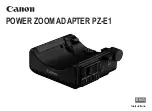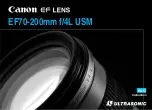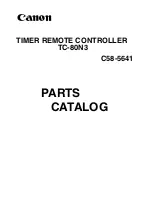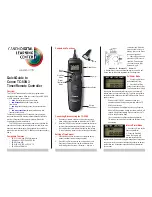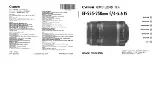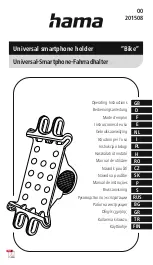
NovaLynx Corporation________________________________________________________________________________
200-WS-23-DP
Page 6
July 2022
5
CONNECTIONS
WARNING: DISCONNECT THE AC POWER SUPPLY FROM THE DISPLAY UNIT BEFORE OPENING THE UNIT
Remove the clear cover of the display unit and set it aside. Remove the four nylon acorn nuts at the
corners of the faceplate and carefully lift out the faceplate. Support the faceplate while working inside
the enclosure, DO NOT ALLOW THE FACEPLATE TO HANG FROM THE WIRING HARNESS.
Insert the wind speed sensor cable through the center gland on the bottom of the enclosure. Follow
the wire installation diagram (Appendix B) while connecting the wires. Be sure to connect the shield
wire to the earth grounding terminal. Provide a suitable wire from the grounding terminal to an earth
ground outside the enclosure.
5.1
Pre-test and Stand-alone Display Wiring
Do not remove the 100 ohm resistors from the 4-20mA Loop terminal block at this time*. Instead, put
the faceplate assembly back on the support studs and use at least one acorn nut to keep it there.
Connect the AC power supply to the barrel connector on the bottom of the enclosure, and then plug
the adapter into a wall outlet.
Inspect the displays, which should now be showing wind speed and wind direction indications. The
display should update every one second, so if there is a breeze the numbers should be changing
frequently. If there is no wind it will be necessary to manually turn the wind vane and the cup assembly
to verify that the display is changing and therefore the system is working.
5.2
Data Control System (DCS) Wiring
WARNING: DISCONNECT THE AC POWER SUPPLY FROM THE DISPLAY UNIT BEFORE OPENING THE UNIT
Perform the Section 5.1 pre-test to ensure proper operation before connecting your DCS. Review the
wire diagram (Appendix B). Note that the
+Wind Speed
terminal is the 4-20 mA signal output, and the
–Wind Speed
terminal is the return to ground. The resistor allows the display to operate while the unit
is not connected to your monitoring system. Remove the resistor before connecting to your monitoring
equipment.
Repeat the above instructions for the
+Wind Direction
and
–Wind Direction
connections.
Install the faceplate assembly on the mounting studs and secure with at least one acorn nut. Apply power to
your monitoring equipment, then connect the AC adapter to power the display unit. Verify that the wind speed
and direction readings are visible and that they change when there is a breeze to move the anemometer.
*
NOTE:
The system will not operate correctly without either the resistors or the DCS system connected. The
displays will show maximum values if there is no resistance in the circuit between the + and – terminals.











